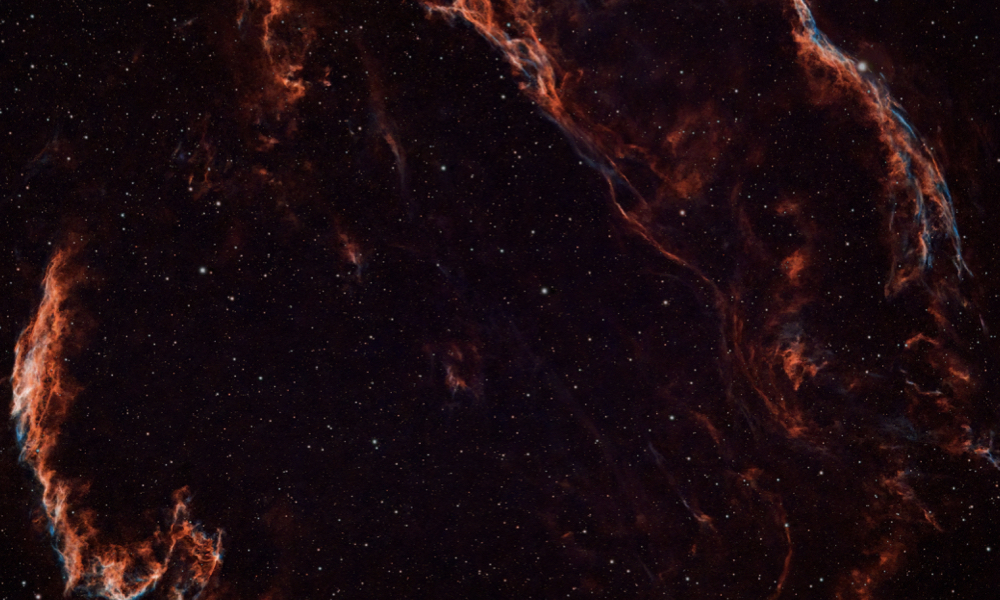
ESA Open Invitation to Tender: 1-11047
Open Date: 21/02/2022 10:42 CEST
Closing Date: 31/03/2022 13:00 CEST
The next generation (NG) of Sentinel-1, Sentinel-1 NG (S1NG), represents the next evolution in the development of future C-band missions and is currently in the phase A/B1 development at ESA. The main mission objectives are to ensure the continuity of measurements beyond 2030, and, respond to the evolving and more demanding user needs. Sentinel-1 NG will provide significant enhancements with respect to the first generation of Sentinels (S1FG) such as enhanced revisit performance, resolution and sensitivity. The Next Generation of the Sentinel-1 Mission will also be implemented by considering a wider end-to-end system analysis, taking into account the new Copernicus Missions, in particular ROSE-L, as well as New Space Missions and National Missions, all of which are expected to exist in the operational lifetime of Sentinel 1NG. Within this context S1NG is expected to play the role of an anchor satellite, within an overall system of SAR missions offering wider and diversified SAR observation capacity for Europe. The main objective of this study is to consolidate the application needs and the observation requirements for the future operational C-band SAR imaging system Sentinel-1 Next Generation and to further refine and justify the preliminary mission and technical requirements and to identify and document trade-offs for each of the different applications to be supported by Sentinel-1 NG.
Directorate: Directorate of EO Programmes
Estabilishment: ESTEC
ECOS Required: No
Classified: No
Price Range: > 500 KEURO
Authorised Contact Person: Satu Susanne Dubbeling
Initiating Service: EOP-SMS
IP Measure: N/A
Prog. Reference: E/A104-01 – FoundConcept Block 1
Tender Type: Open Competition
Open To Tenderers From: AT+BE+CA+CH+CZ+DE+DK+EE+EL+ES+FI+FR+GB+HU+IE+IT+LT+LU+LV+NL+NO+PL+PT+RO+SE+SI
Technology Keywords: 26-OTHERS
Products Keywords: 2-P-Other
If you wish to access the documents related to the Invitation to Tender, you have to log in to the ESA Portal.
